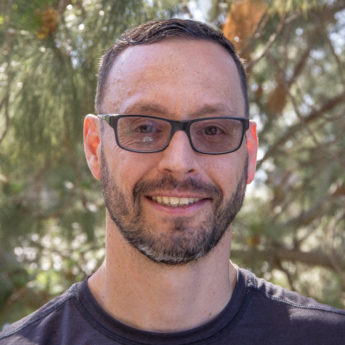Background
My research addresses the question of how distributed neural circuits give rise to coordinated behaviors. To address this question, my lab combines multi-scale electrophysiology and optical measurement/manipulation in reaching rodents with advanced statistical machine learning methods to investigate the organization and coordination of sensorimotor networks. My unique training and research experiences have provided me with the quantitative tools and neurobiological intuitions required to perform this research. My undergraduate studies in mathematics guided my senior thesis in neural network learning with Dr. Larry Abbott at Brandeis. During my neuroscience Ph.D at UCSF with Dr. Michael Brainard, I designed and conducted experiments recording from single neurons to examine the representation of produced probabilistic sequences in songbird sensorimotor circuits. As a postdoctoral fellow with Dr. Edward Chang, I investigated functional organization and dynamic coordination in human sensorimotor cortex (SMC) during speech production with electrocorticography (ECoG) grids. These research experiences have brought into focus the power of ECoG for investigating both local and distributed sensory-motor processing, and the difficulty of mechanistically linking these ‘mesoscale’ (i.e., intermediate) observations to the processing of single-neurons and local micro-circuits. To bridge this gap, as a post-doc I co-lead a research team combining ‘micro-ECoG’ (μECoG), laminar polytrode recordings with optogenetic manipulation in rodents. Currently, at LBNL/UCB/UCSF, I lead an interdisciplinary team developing technology and analysis for massive channel count, high spatial-temporal resolution (~2000 channels; 100μm pitch; 5mm2) functional brain mapping. Specifically, my group: 1) develops interpretable statistical machine learning algorithms and applies them to neuroscience data, 2) performs electrophysiological testing of the 2000 channel system, 3) investigates the utility of deep learning as a data analysis tool, 4) is building an experimental preparation for rodent 3-D reaching; and 5) conducts multi-scale neurophysiology experiments with simultaneous μECoG, laminar polytrodes, bulk Ca2+ imaging and optogenetics.

